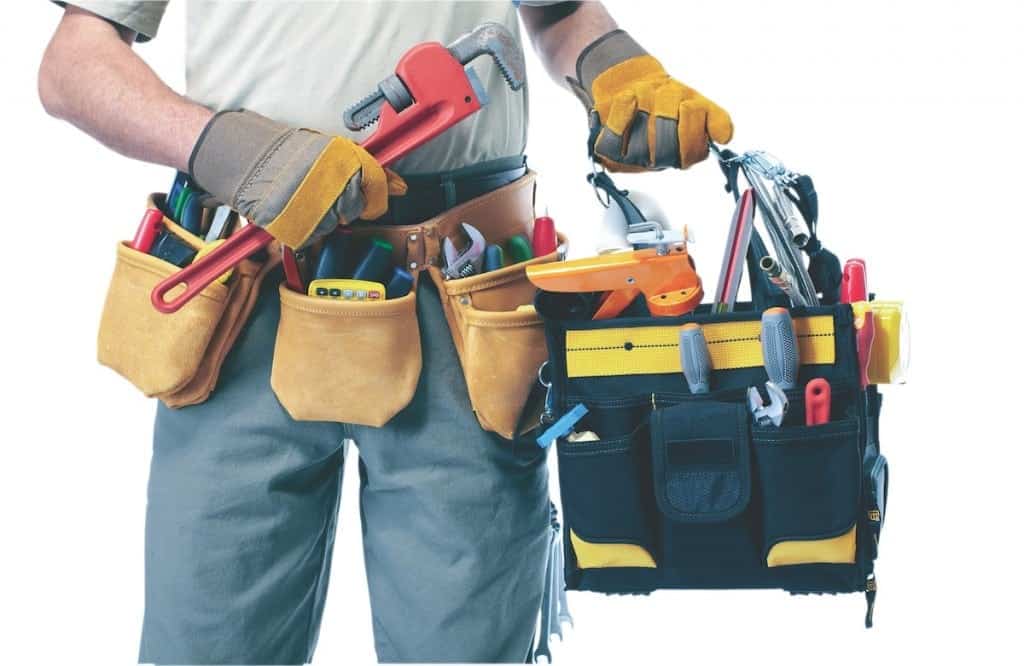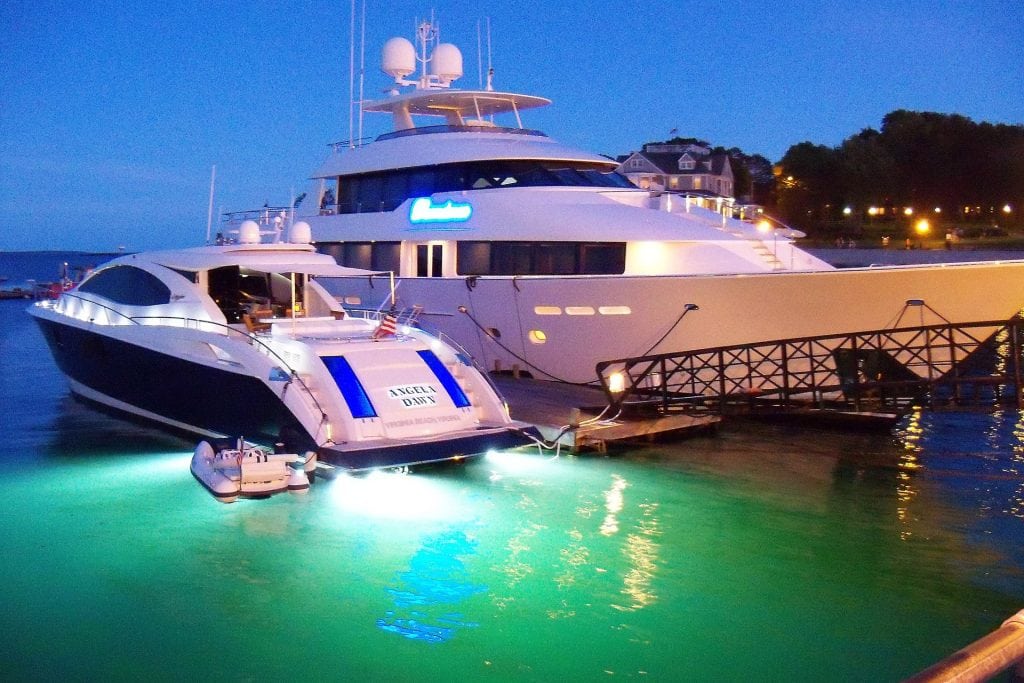Every boat owner should know these top three boat systems—and know them well.
Congratulations! You’ve purchased your dream boat, and you’re ready to cruise faraway lands in search of adventure and fruity drinks with little umbrellas in them. Not so fast! Now the real fun begins as you learn about the operation and function of the various equipment on board prior to heading out.
To help boost your maritime learning curve, here are three common boat systems every cruiser should be familiar with.
DC electrical system
When it comes to your boat’s DC electrical system, knowledge is power! Smart boaters will acquaint themselves with major components and how they interact to provide juice to the various systems and equipment on board before problems arise.
Parts to know on sight:
DC system components you should become intimately familiar with include batteries/battery banks, primary on/ off battery switches and the location of any breakers or fuses within the system.
Spare parts to carry and be able to change/fix:
If your DC system utilizes fuses, knowing where they are and having spares for each type (cartridge, spade, etc.) is a must. Read through the owner’s manuals of electrical equipment you have installed (to determine if they come with inline fuses), and don’t forget to carry spares for any unusual or specialty fuses you may need (engine starting, windlass, etc.).
In addition to the tools commonly found in the basic kit, the No. 1 item you’ll want to have on board when troubleshooting your DC system is a multimeter. It’s indispensable for tracing DC voltages, testing fuses and tracking down broken wires or corroded connectors. You don’t need anything fancy, and since they can be found at most hardware stores for as little as $5, there’s no excuse for not having one in your toolkit.
Other good-to-have items are a 15-foot jumper wire with alligator clips on each end (to help troubleshoot wiring circuits), crimpon butt and terminal connectors, wire tripper/crimpers, heat shrink and liquid electrical tape (for sealing connections), WD-40 (or a similar corrosion inhibitor), a small wire brush (for clearing away corrosion), and possibly an assortment of wire (various lengths and sizes).
Fuel system
When fellow cruisers say getting there is half the fun, it’s obvious they’ve never been stranded on the water due to a stalled engine. If it happens, you’ll find getting your boat moving again will be ALL the fun you’re looking for. More often than not, an on-the-water, no-go event will likely involve the fuel system.
Parts to know on sight:
This is another system that you should be able to trace out (from tank fi ll to engine) before problems occur. Components to locate and identify include a fuel tank fill hose and fuel line fittings, fuel shut-off valves and all fuel filters.
Spare parts to carry and be able to change/fix:
Have spare filter cartridges or cartridges for both primary and secondary filters on hand. Familiarity with the requirements for bleeding your diesel after fuel filter changes is also highly recommended. This maintenance item will go much smoother if you know how to do it beforehand.
Sanitation system
With the possible exception of “Where’s all this water coming from?”, probably no other statement strikes more fear in a boat owner’s heart than: “The toilet isn’t working for some reason.” It’s particularly troubling when you realize the issue typically doesn’t make itself known until after “the deed” has already been done.
Parts to know on sight:
This depends on the type of marine sanitation system you have installed. Gravity fed toilets (aka Porta Potti-type units) are pretty simple and work just like the name implies. They have a bowl that essentially dumps its contents directly into an integral holding tank, which can be removed and discarded in the appropriate receptacle on shore.
Permanently mounted sanitation systems will generally have a flushwater intake thru-hull and seacock (although in some cases this may also be plumbed to the boat’s freshwater system), a manual- or electric-flush toilet, a holding tank, and a deck fitting for dockside pumpouts.
Additional components you may see (depending on the system) include “Y” selector valves (allowing you to discharge bowl contents directly overboard or into a holding tank or waste from a holding tank to a macerator or deck pump-out), vented loops (to prevent back siphoning and flooding), a macerator pump, and an overboard discharge thru-hull and seacock.
Spare parts to carry and be able to change/fix:
Spare parts can range from gaskets and seals to entire rebuild kits for the toilet pump. A great place to look for advice on this is the owner’s manual, which will usually provide a suggested list of spare parts. A basic tool kit containing screwdrivers, a socket set, etc., as well as a few extra hose clamps, will also come in handy, particularly if you have to disassemble hose runs to look for clogs—a job that’s just as nasty as it sounds.
By Frank Lanier Southern Boating
August 2017













